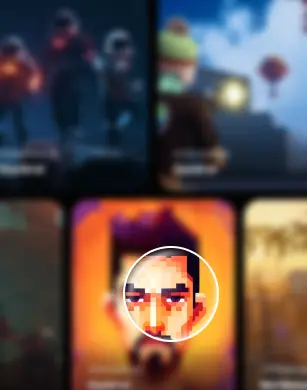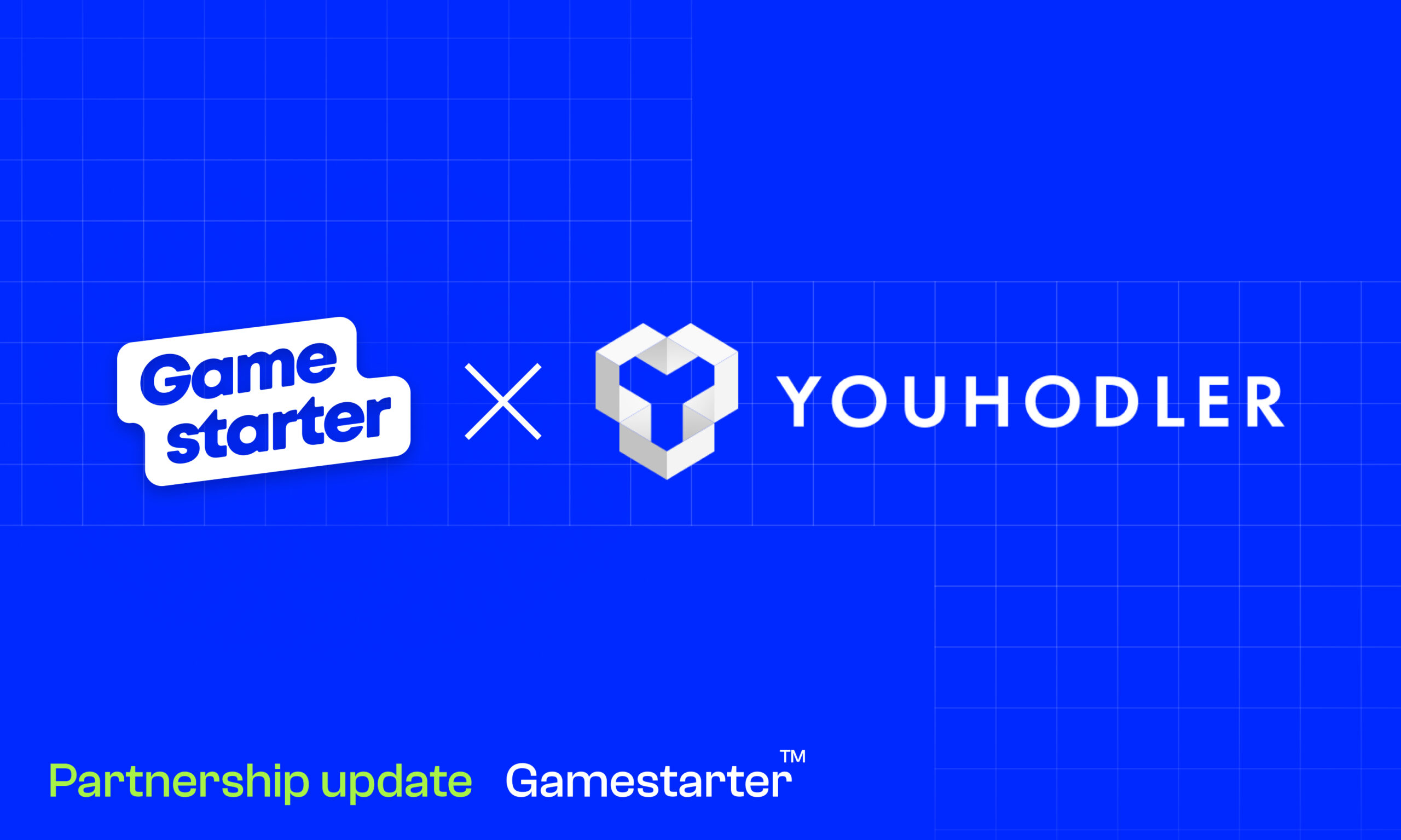Web3 Gaming: Is it Game Over?

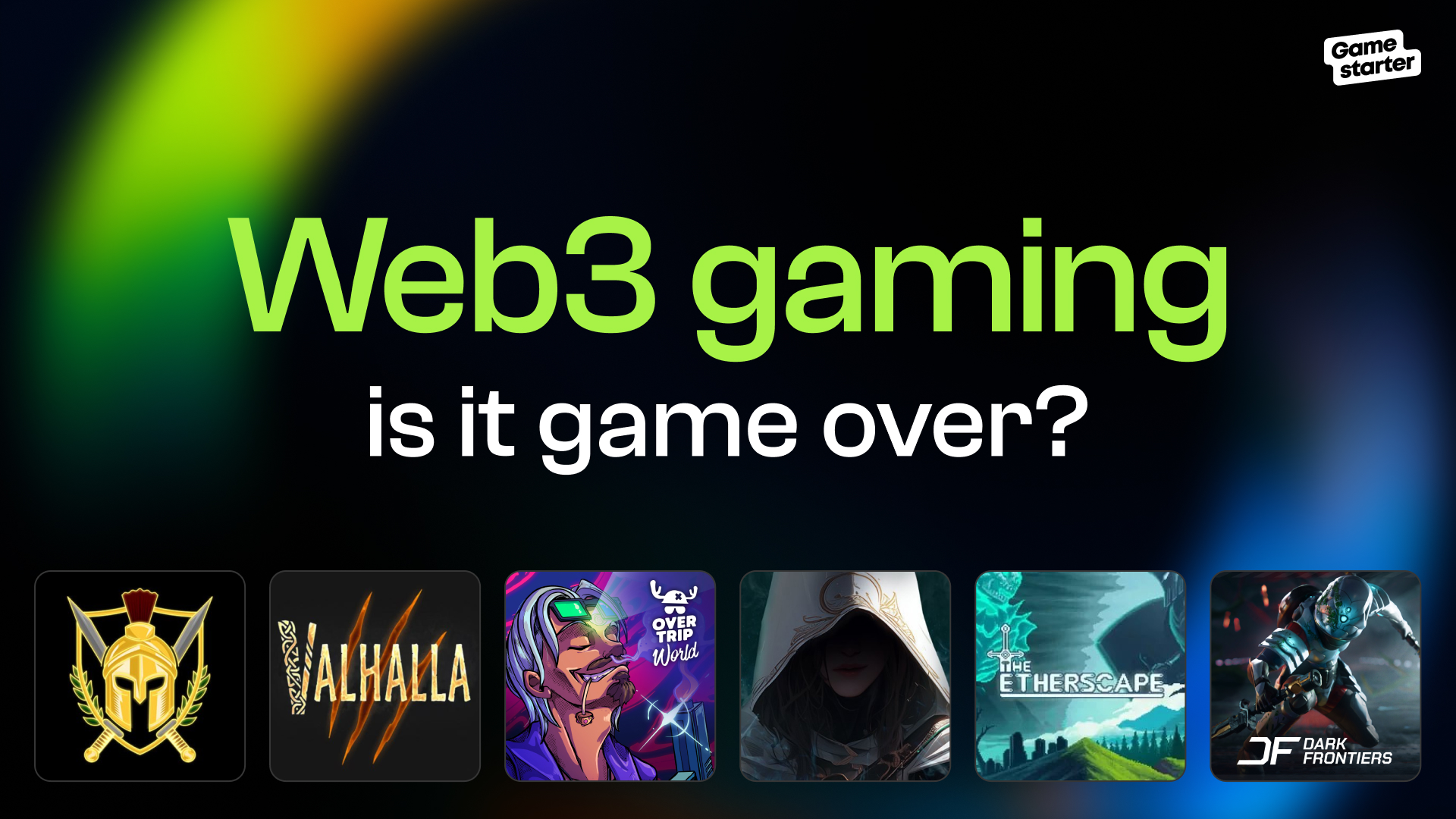
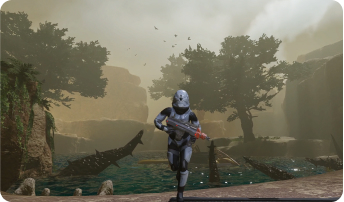
Become part of exclusive group that shapes GS Future
With the rise of blockchain technology, GameFi revolutionized the gaming industry, blending gaming with decentralized finance.
During the 2022 crypto bull run, GameFi was the hottest trend, drawing billions in investments as speculative tokens soared. Now, with Bitcoin surpassing $100,000, we’re in the midst of another bull run.
But this time, what’s different?
Why is Gamefi not pumping?
Even in the midst of a bull run, with Bitcoin reaching new all-time highs, levels once thought unattainable for many investors, GameFi has yet to reclaim its place as a dominant narrative. On top of that, as the entire market knows, the much-anticipated altcoin rally hasn’t happened yet. These two factors combined create rough waters for GameFi projects.
One clear sign that the GameFi market isn’t fully prepared for a major run is the investment numbers. Venture capitalists are still hesitant, likely due to the heavy losses they faced in 2022. As a result, investment volumes haven’t yet returned to previous levels.
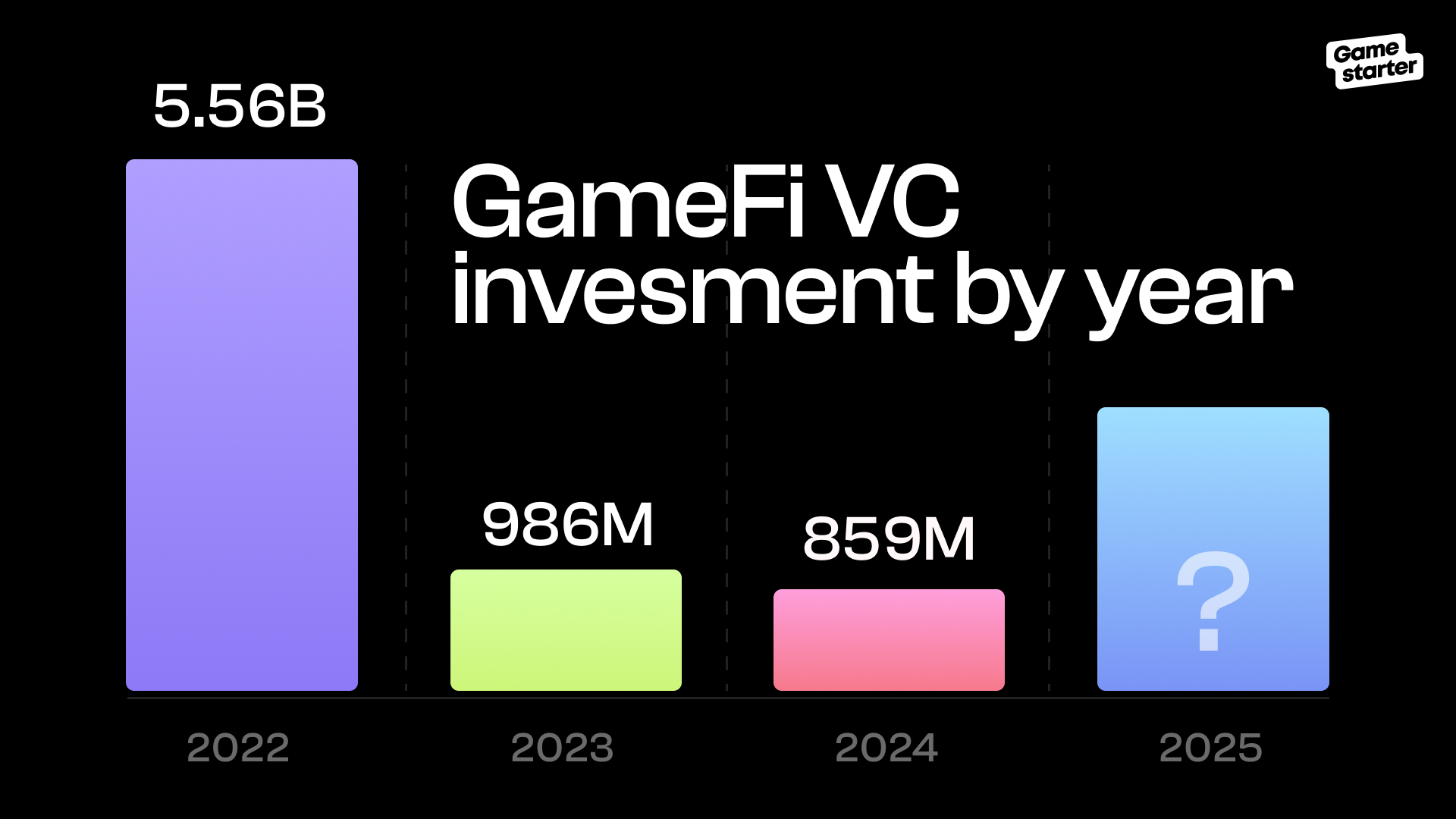 Source: Venturebeat
Source: Venturebeat
Most of the Web3 gaming projects that thrived in 2022 are now either struggling to survive or already dead. In fact, over 90% of all GameFi projects have failed, and the few that remain are either on life support or barely holding on.
GameFi and Play-to-Earn games have seen the highest adoption in Asia and Africa, with countries like the Philippines, Indonesia, Vietnam, Nigeria, and South Africa leading the way. This surge is fueled by a deep-rooted gaming culture, strong financial incentives, and easy accessibility.
In contrast, Western audiences remain more skeptical, often viewing these gaming models as scams or exploitative. The broader reputation of the crypto space, marred by fraud and controversies, only reinforces this distrust
But when does a GameFi project truly die?
A Web3 gaming project is considered officially dead when its associated tokens have lost 90% of their value and its daily active user count drops below 100.
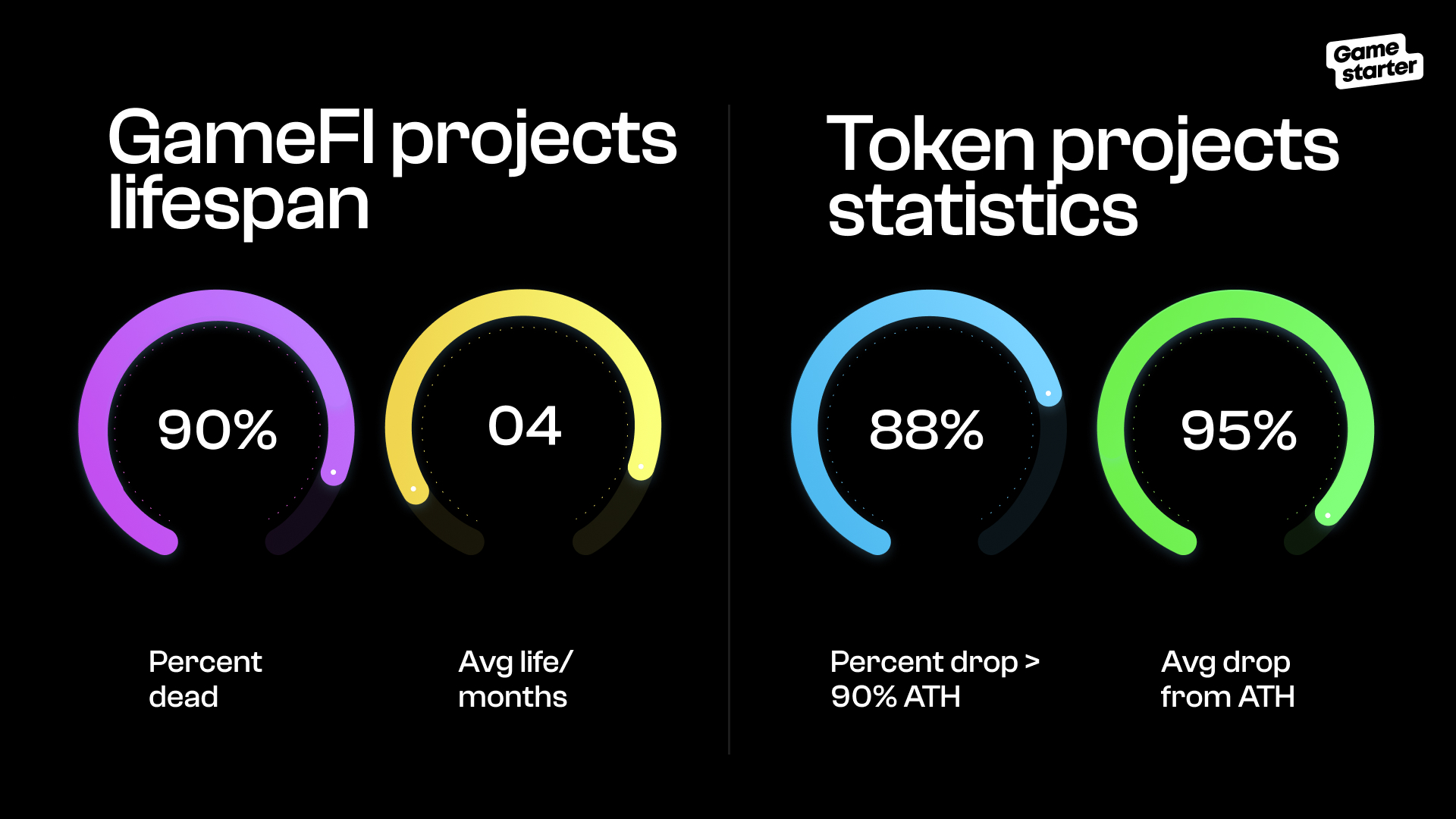 Source: Dune Analytics – State of GameFi
Source: Dune Analytics – State of GameFi
Bad actors & choices
Although crypto has existed since 2009, its community remains unlike any other industry worldwide. Every year, more people join the space, leading to a steady rise in active wallets across blockchains.
This community is highly sensitive: it may forgive, but it never forgets. In 2022, many promising GameFi projects, into which people poured both their money and trust, turned their backs on their supporters, leaving them heartbroken and financially worse off.
GameFi was the dominant narrative of the last bull market, attracting opportunists who took advantage of the hype. Many bad actors made millions by deceiving eager participants. The NFT craze, pump-and-dumps, and low-quality projects raising millions without delivering real products only fueled resentment. As a result, outsiders now fear or mock NFTs, associating them with scams rather than innovation.
Why settle for mediocre Web3 games when high-quality Web2 games offer a better experience, without the risk of being rug-pulled?
If Web3 gaming is to thrive in 2025, trust must be rebuilt.
 Source: Forbes
Source: Forbes
GameFi was the dominant narrative of the last bull market, attracting opportunists who took advantage of the hype. Many bad actors made millions by deceiving eager participants. The NFT craze, pump-and-dumps, and low-quality projects raising millions without delivering real products only fueled resentment. As a result, outsiders now fear or mock NFTs, associating them with scams rather than innovation.
Why settle for mediocre Web3 games when high-quality Web2 games offer a better experience, without the risk of being rug-pulled?
If Web3 gaming is to thrive in 2025, trust must be rebuilt.
The Need for Scalable, Stable Blockchains in GameFi
In a recent interview with VentureBeat, Yat Siu, one of GameFi’s leading investors, stressed the need for the industry to rebuild trust. A key part of this is having scalable, stable protocols that developers can rely on long term.
Constant tweaks to Bitcoin and Ethereum have stifled innovation, forcing developers to look elsewhere. Bridges, layer twos, and sidechains add complexity, introduce security risks, and shorten game lifespans.
For Web3 gaming to thrive, blockchains must be scalable, low cost, and permissionless. Predictability, reliability, and seamless interoperability are essential, not just for games but for blockchain applications as a whole.
The community’s lack of trust isn’t just due to market manipulation and constant scams, but also because of the insecure foundations of these technologies. Despite these challenges, 2024 saw an increase in Total Value Locked (TVL) and valuation across Web3 games. Additionally, the number of daily active wallet addresses in GameFi appears to have risen as we enter 2025.
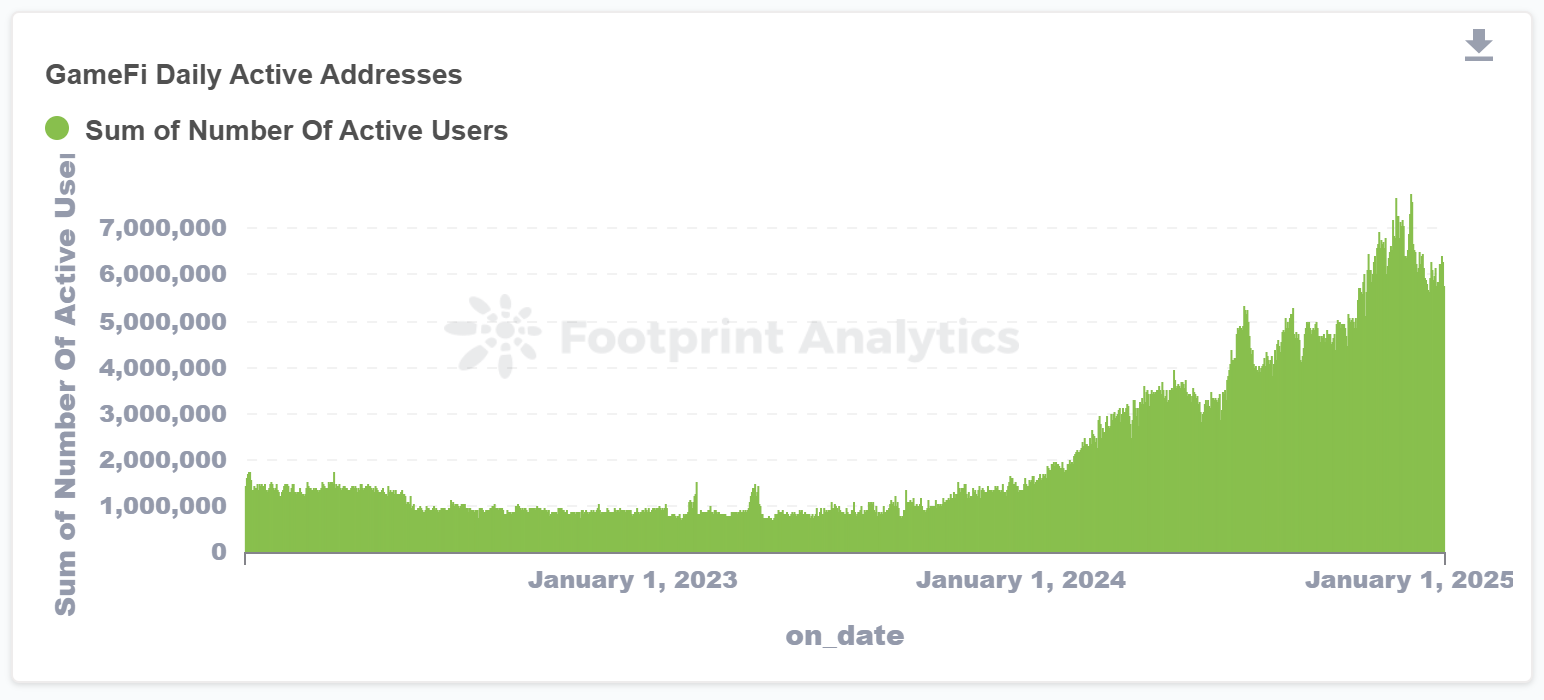 Source: Footprint Analytics – GameFi Drill Down Analysis
Source: Footprint Analytics – GameFi Drill Down Analysis
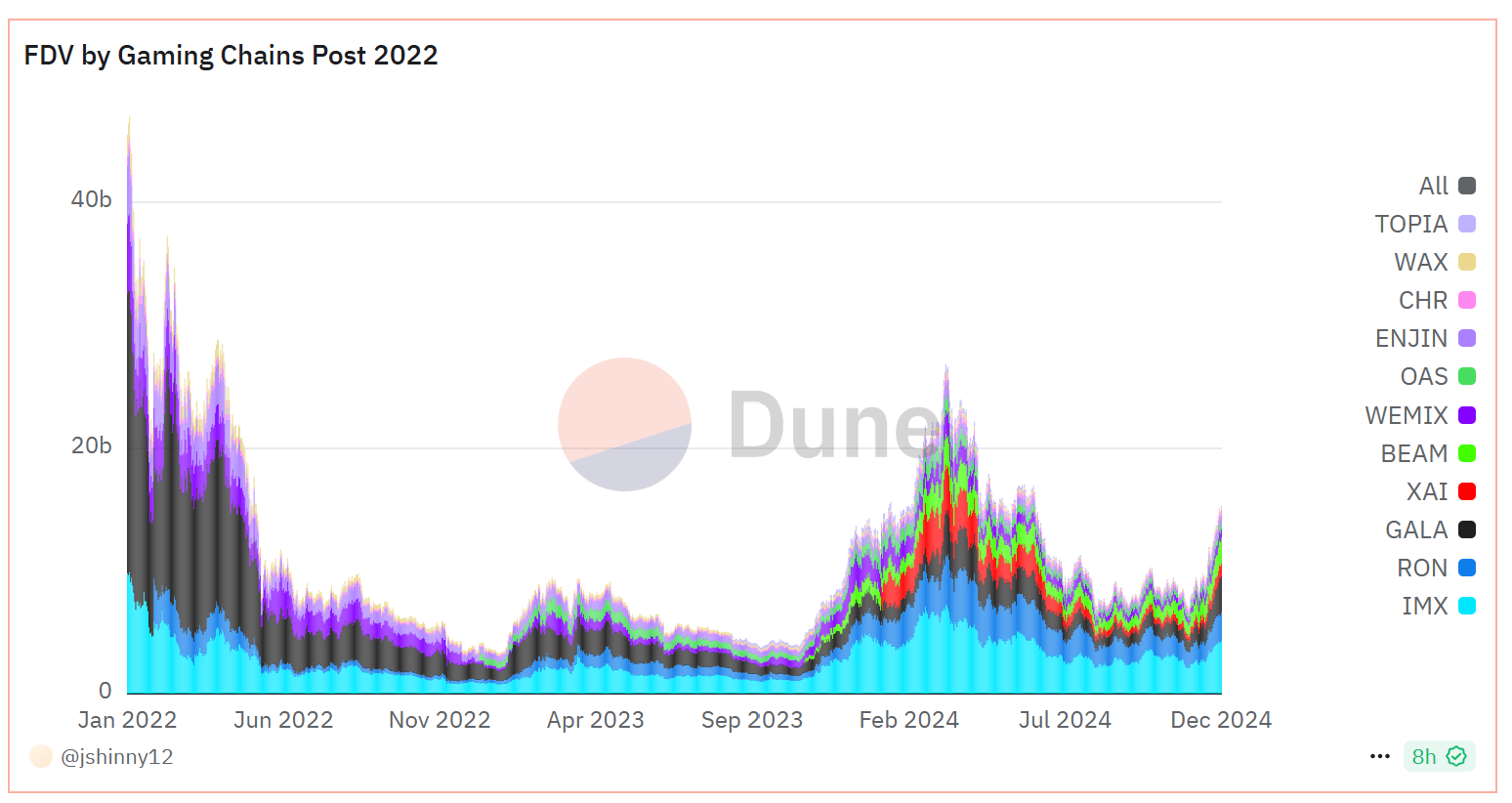 Source: Dune Analytics – Web3 Gaming
Source: Dune Analytics – Web3 Gaming
Will Gamefi revive in 2025?
Massively scalable blockchains like BSV are no longer just a concept, they are becoming a reality. With Teranode set to launch in early 2025, a public, permissionless blockchain capable of processing one million transactions per second with near-zero fees will soon be available. This breakthrough removes the need for complex bridges and sidechains, enabling smoother GameFi experiences.
Meanwhile, newly elected U.S. President Donald Trump has made it clear that he supports blockchain and crypto. While he may not be a gamer, a regulatory environment that encourages innovation can only help push GameFi forward.
The industry has matured significantly in recent years. While hype-driven trends like memecoins still exist, the focus has shifted toward real utility and user-centric applications.
Several major gaming companies have already stepped into the blockchain space or are preparing to do so:
- Sony: After exploring blockchain since 2023 and releasing its first NFT patent, Sony has now launched its own blockchain, Soneium.
- Ubisoft: A longtime blockchain explorer, Ubisoft released Champions Tactics: Grimoria Chronicles in 2024, a PC strategy game incorporating NFTs.
- Square Enix: The gaming giant behind Final Fantasy and Tomb Raider has invested in blockchain platforms and plans to integrate blockchain technology and NFTs into its games.
- Electronic Arts: EA has acknowledged blockchain and NFTs as part of gaming’s future. While they have yet to launch a blockchain-based game, their leadership recognizes the potential of these technologies.
Considering all of these, we could say that 2025 could be a great year for Web3 Gaming, and why not for the gaming industry as a whole.
Related Articles

are registered trademarks. All rights reserved.





